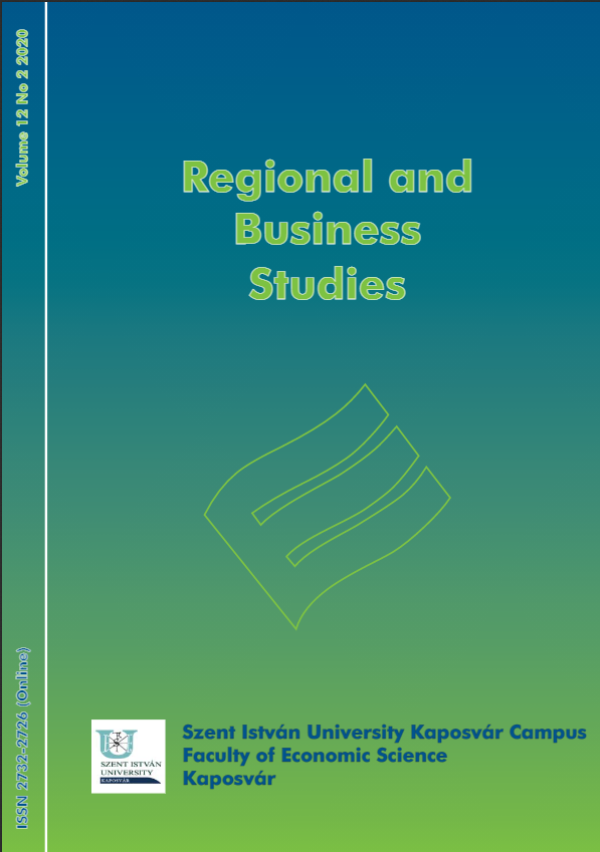Application of a Simulation Model in an Agricultural Vocational School Through Examples from the Livestock Sector
DOI:
https://doi.org/10.33568/rbs.2523Keywords:
agricultural, education, junior high school, innovation, simulation, modelAbstract
In today’s education system, it is possible to prepare a skilled workforce within the framework of public education, higher education and vocational training outside the school system. One of them young people need to be prepared for activities that require adaptability and perseverance. In contrast, there has been a level of development in agriculture that neither teacher training nor vocational training can keep up with, as a result of which it is not possible to teach in the same wayas before. Significant renewal is needed in secondary agricultural education. One of the areas of this is the renewal of technical and IT training, the improvement of the standard of practical education following technological innovations. Numerous researches show that educators need to breakaway from the “outdated” methods used so far, more emphasis should be placed on motivation and practice, as these graduates will ultimately be business leaders who will coordinate the work of their professionals (Berke and Kőmüves, 2016; Kőmüves, Berke and Póra, 2016). It is therefore important and necessary to apply and put into practice the ever-expanding innovative teaching methods. As an innovative pedagogical method, I examined the possibilities of applying the simulation model I created, as this model can point to interdisciplinary relationships that enable students to study an economic process in a broader, more complex light by broadening their knowledge and reflectiveness.
Downloads
Published
Issue
Section
License
Copyright (c) 2020 The Author

This work is licensed under a Creative Commons Attribution-NonCommercial-NoDerivatives 4.0 International License.





